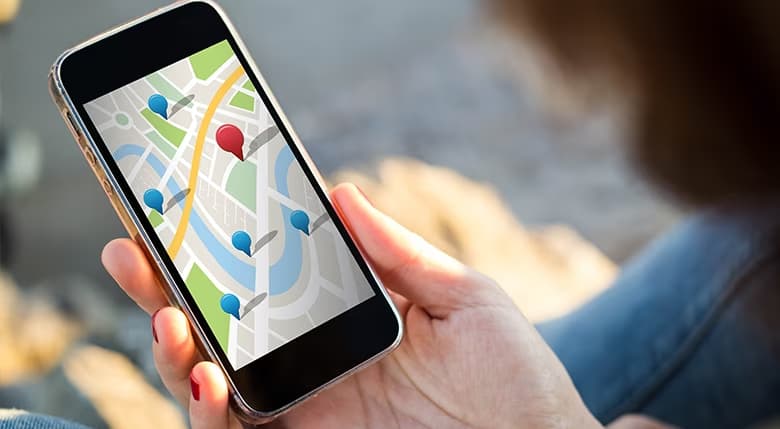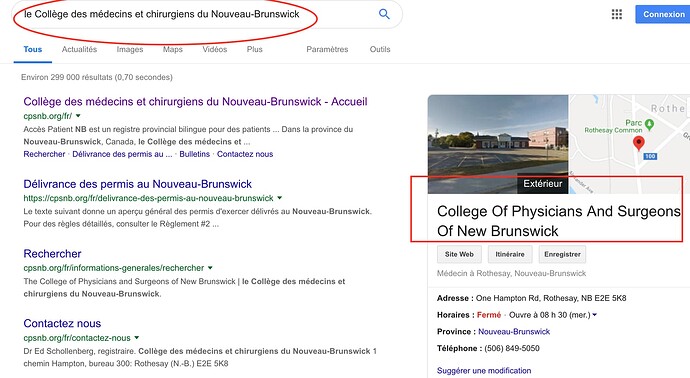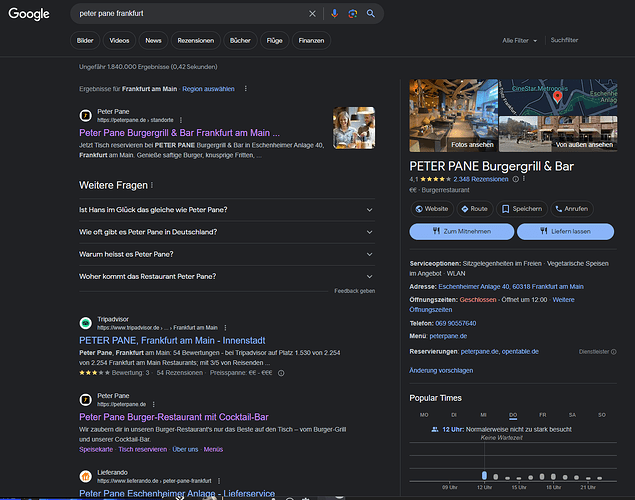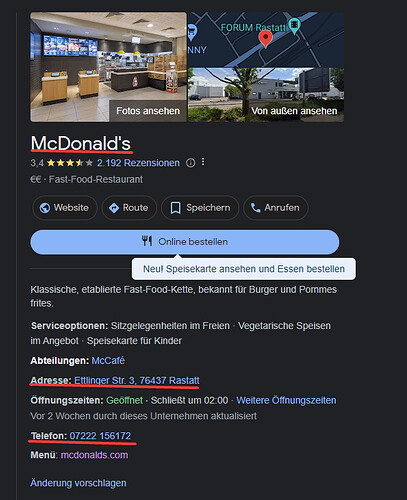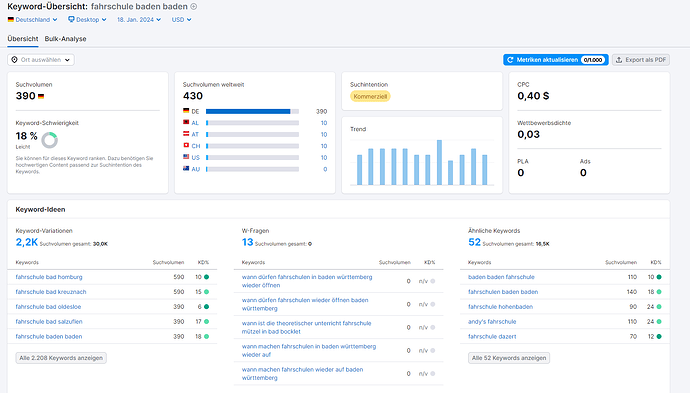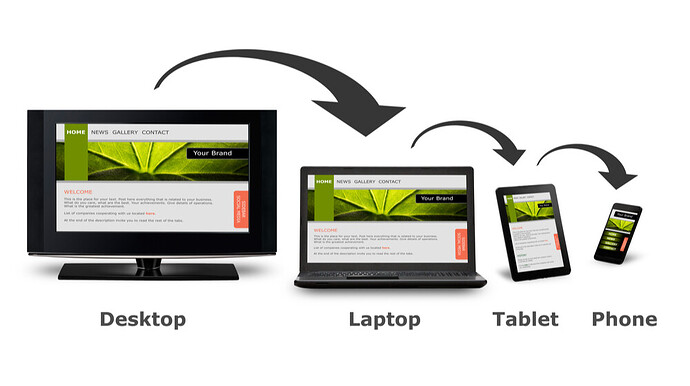A Comprehensive Guide to Local SEO in 2024
I wanted to share a simple tutorial on how to improve your business’s online visibility using Local SEO. Local SEO can help you attract more customers from your local area, which is super important for small businesses.
Step 1: Understand What Local SEO Is
Local SEO stands for “Local Search Engine Optimization.” It’s all about making sure your business shows up when people in your area search for products or services you offer. It helps you get noticed by the right people at the right time.
Who needs a Local SEO Optimization? All local businesses that want to be found by a local audience.
For example: Cardealers, restaurants, bars.
Step 2: Claim (or Create) Your Google My Business Listing
Google My Business is your best friend in the world of Local SEO. It’s like a mini-website that appears when people search for your business. To get started:
- Go to Google My Business (search for it on Google).
- Create an account or log in.
- Add your business details like name, address, phone number, and operating hours.
- Verify your listing (usually, Google sends you a postcard with a code).
Step 3: Optimize Your Google My Business Profile
Once you’ve claimed your listing, make it shine:
- Add photos of your business, products, and services.
- Write a detailed description of what you do.
- Encourage happy customers to leave reviews.
- Respond to reviews, both good and bad, professionally.
This is a good example on how it should look like:
(caution, german language)
Reviews matter. Ask happy customers to leave a (hopefully positive) review for your business.
Step 4: Be Consistent with Your NAP
NAP stands for Name, Address, and Phone Number.
Make sure this information is consistent across your website, Google My Business, and any other online directories you’re listed on.
NAP (marked red):
If this data is not correct, customers won’t reach out to you.
Step 5: Get Listed in Online Directories
There are websites like Yelp, Bing, and Apple Maps that provide local business listings. Ensure your business info is accurate on these platforms. Consistency here is crucial as well.
Examples: Yelp (for restaurants), Yellow Pages
This is important because it helps Google to understand your RELEVANCE
Step 6: Run a Local SEO Audit
Regularly check how your Local SEO is doing. Tools like Moz or Ahrefs can help. Look at your Google My Business performance, website crawlability, and the quality of your citations.
You can regulary google for your business and see if it still ranks on the specific keyword (e.g.: driving school baden baden):
(I’m doing Local SEO in Germany)
Step 7: Improve Your Website’s Internal Links
Linking within your website is important too. It helps visitors navigate and search engines understand your content better. Link related pages to each other when it makes sense.
Step 8: Optimize Your Website Content
Create helpful and informative content for your website. Use keywords related to your local area, products, or services. Make sure to include these keywords in your URLs, titles, headers, meta descriptions, and throughout your content.
Step 9: Add Location Pages
If you have multiple locations, create dedicated pages for each one. Include specific information like address, phone number, hours, and unique descriptions for each location. Don’t duplicate content across these pages.
Step 10: Create Local Content
Write blog posts or articles about local events, news, or topics related to your industry. This can help you become the go-to resource for local information in your area.
Step 11: Make Your Website Mobile-Friendly
Since many searches happen on mobile devices, having a mobile-friendly website is crucial. Ensure your site looks and works well on phones and tablets.
Responsiveness looks like this:
Remember: Make sure your website is EASY TO NAVIGATE ON PHONE.
Step 12: Build Quality Inbound Links
Get other reputable websites to link to yours. You can do this through sponsorships, guest blogging, or scholarships. Inbound links can boost your website’s authority.
Step 13: Be Active in Your Local Community
Participate in local events, sponsor local causes, or volunteer in your community. This not only helps your business but also earns you digital PR and local recognition.
If you use Wordpress: Use Plugins for Local SEO
… like Rankmath (recommended) or Yoast. They offer a Local SEO feature to add local information.
FAQ
- How long does Local SEO take?
Answer: SEO is an ongoing-process. That means it’s not done when it’s done and you can improve day by day. Generally, to see first results, it takes 7-30 days. - How to get ranked on #1?
Answer: There is no definite answer. Be relevant & the best in your industry. That’s the key. - How to find the right keywords for my niche?
Answer: Check out our tutorial: How To: SEO Keyword Research (Beginner's Guide) - Why do reviews matter?
Answer: Positive reviews will encourage people to trust your business - because a great rating means that people are happy. Imagine you are looking to buy something off Amazon and it has only 1* … Will you buy it? You will (most likely) feel better if the product has 5*
Remember, Local SEO is an ongoing process, and results may take time. Keep monitoring your progress and adapting your strategy as needed.
I hope this guide helps you get started with Local SEO for your business. Feel free to ask if you have any questions or need more details!
